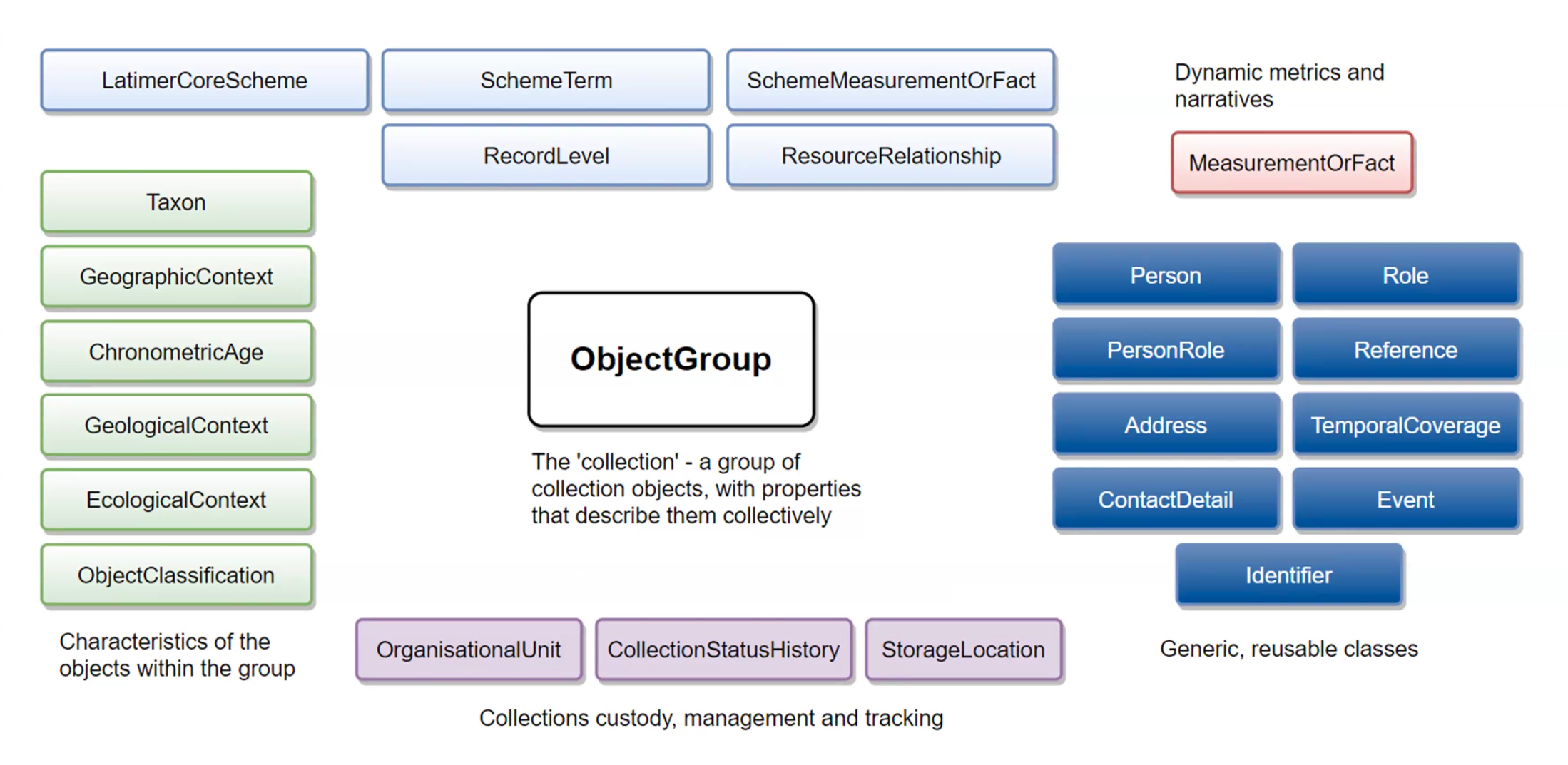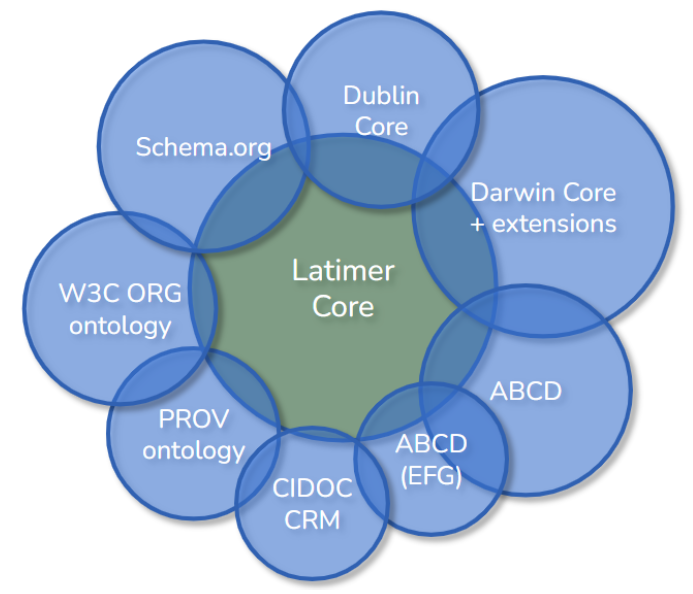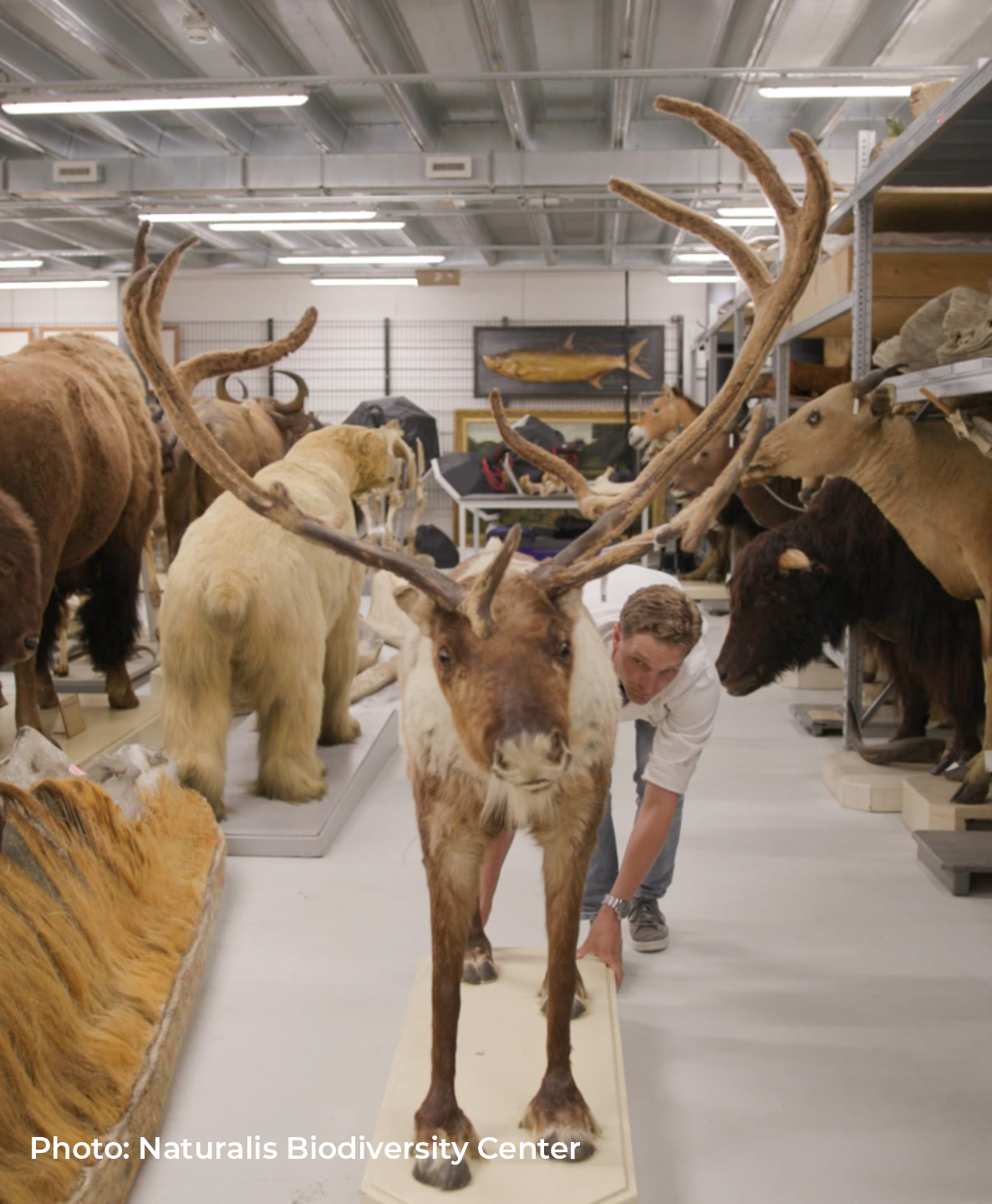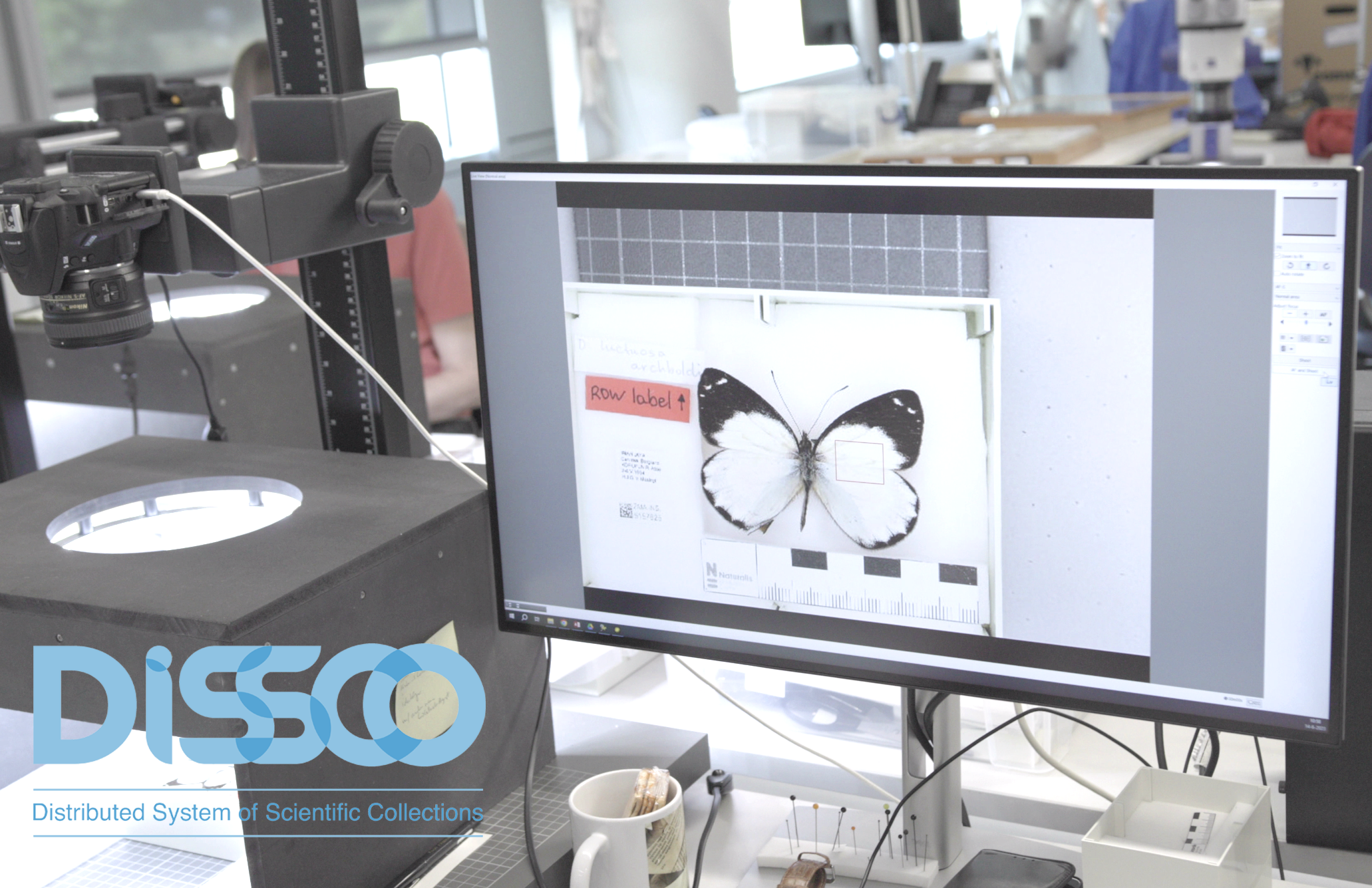(The summary below partially builds on a previous article on this website and the DiSSCo Latimer Core workshop presented by Laurence Livermore, Matt Woodburn, and Ben Norton during the SPNHC-TDWG 2024 in Japan. You can access the recording and materials from the workshop in the Knowledge Area).
Introduction
The need for biodiversity standards
Data derived from European natural history collections (NHCs) underpin discoveries and innovations that are fundamental for fighting challenges such as the current biodiversity crisis, global pandemics or climate change. The sheer magnitude of these challenges, however, calls for the scientific community to work together, thus breaking the traditional boundaries of research done in individual collections. This need explains the growing trend in digitisation and publication of specimen data in natural science collections worldwide. The logic is simple: the more digitised specimen data is published, the wider access collections provide for the global scientific community.
In order to make scientific data workflows as fluid and interchangeable as possible, that data needs to be provided in accordance with a set of specifications agreed by the scientific community, plus a set of rules on how that data should be stored or exchanged to enhance interoperability across different scientific areas and users. That is the main role of data standards.
DiSSCo needs its own standards
DiSSCo has identified gaps in the existing catalogue of standards that need to be bridged if we are to further develop the open Digital Specimen specification (openDS). In fact, DiSSCo RI demands its own standards, specifically MIDS and Latimer Core, and supporting collaboration and development of biodiversity data standards is one of the priority areas of the DiSSCo Transition project, currently in progress.
This page’s main goal is to provide you with an overview of Latimer Core (LtC) and its applications.
What does Latimer Core describe?
Latimer Core (LtC) is an important element in the discussion about standards because, rather the focusing on individual objects (specimens) -a Darwin Core or ABCD do- it structures data about the groups of objects that collections and their subcomponents encompass. By “groups”, LtC understands any set of objects that have been intentionally tied together based on one or more shared characteristics (Woodburn et al. 2022).

Why would you want to describe collections?
There are several reasons for digital description at the collection level. Take discovery, for example, where the entry point is usually the specimen level. While this approach works for traditional specimen-based research, it is likely to fall short of the required detail when the interest lies on particular collectors, historical periods, specific expeditions, etc.
Collection management, inventory, and development strategy are also good examples of the benefits of digital collection description. Data about collections is particularly well-suited to inform decisions about conservation, resource allocation, potential expansion of collections, reporting, prioritisation, succession plans, etc. (See Figure 1 below).

Fig. 1: Potential uses of describing collections (by Laurence Livermore, Matt Woodburn, Ben Norton, NHM London).
The ObjectGroup concept
LtC has a high degree of potential granularity. A group can range from an entire large entomological collection, to a much smaller set, such as a group of specimens contained in a drawer or a jar.
For that, the standard builds on the ObjectGroup class, which represents a set of objects with one or more common characteristics. Around this basic class, there are others “commonly used to describe and classify the objects within the ObjectGroup, classes covering aspects of the custodianship, management and tracking of the collections, a generic class (MeasurementOrFact) for storing qualitative or quantitative measures within the standard, and a set of classes that are used to describe the structure and description of the dataset” (Souce: TDWG)
Beyond this, the LtC links out to a rich set of descriptors, many of them coming from other existing standards, thus increasing interoperability (Earth and Live sciences) and machine discoverability.

Fig. 2: Summary of Latimer Core classes (Source: Woodburn et al., 2022)
Intersection with existing standards
Being a standard that focuses on natural history collections, it is only natural that Latimer Core has contact zones with a number of other standards for natural collection objects, like the ones mentioned above. “LtC’s scope also overlaps with standards for more generic concepts like metadata, organisations, people and activities (i.e., Dublin Core, World Wide Web Consortium (W3C) ORG Ontology and PROV Ontology, Schema.org). LtC represents just an element of this extended network of data standards for the natural sciences and related concepts. Mapping between LtC and intersecting standards is therefore crucial for avoiding duplication of effort in the standard development process, and ensuring that data stored using the different standards are as interoperable as possible in alignment with FAIR (Findable, Accessible, Interoperable, Reusable) principles. In particular, it is vital to make robust associations between records representing groups of objects in LtC and records (where available) that represent the objects within those groups.” (Woodburn et al. 2023)

Fig. 3: A visual representation of some of the standards with which LtC intersects (source: Woodburn et al, 2023)
Application of Latimer Core
Our colleagues from Meise Botanic Garden have done much work on the Latimer core. In 2023, they collected a huge amount of data about collections and combined it into a dashboard that also incorporated the MIDS standard, which describes the level of digitisation progress of collections.
Last November 2023, they published a report on their experience implementing the Latimer Core standard and gave some recommendations. You can find the report here.

Case study: Large-scale collection move
The following is an example of potential applications of Latimer Core from our partners at NHM, London.
At NHM, around 38 million specimens are scheduled to be transported to a new location. Most of the collections in scope are not yet digitised to object level. Using Latimer Core, the collections were represented as approximately 200,000 ObjectGroup records, each representing the contents of a drawer, tank, shelf, etc.
Associated data included custodianship, storage location, objects types, special conditions/handling requirements, and metrics on occupancy and condition.
All the information was used for modelling the space needed in the new location and planning and tracking the preparatory activities for the move.
Additional information
Latimer Core was ratified in March 2024 and hold its first stakeholder workshop during the SPNHC-TDWG meeting in Japan, September 2024
Latimer Core is named after Marjorie Courtenay-Latimer (1907-2004), South African museum curator. She is credited for having brought the existence of the coelacanth, a fish thought to have been extinct for 65 million years, to the attention of the world in the 1930’s.
